Horror, at its best, is the most intense storytelling tool that is available to us. A good horror experience – whether that be literature, film, music, or video games – is inherently challenging. It makes us uncomfortable, disempowers us, taps into the primal fight-or-flight response, and, ultimately, delivers some kind of thesis that we’re left, haunted with, for many years later.
In stark contrast to horror at its best, there’s The Callisto Protocol, an entirely generic pastiche of more original horror games made by people that clearly decided that ugly monsters, loud noises, jump scares and stuff dying is the best horror can offer. Yawn.
As Emily Um summarised beautifully in her essay How The Horror Genre Reflects Societal Fears Throughout Time, regarding the use of horror in cinema: “horror genre films are uniquely distinct in their adaptability. They are produced within various horror genre cycles, such as slasher films or science fiction horror films, these cycles occurring as studios and filmmakers remix elements of the horror genre in order to keep up with and appeal to contemporary audiences. These cycles speak to the adaptability of the genre, as films were created within these cycles to reflect the real-life societal fears of audiences during the time at which the film was being made (Cherry 11). For example, the cycle of independent slasher films with movies like Texas Chainsaw Massacre (1974) came at a time following the particularly bloody and brutal Vietnam War (Dewan).
“Audiences were seeing horrors of the war and subsequent riots in real life and on the news, as well as chaos and gore on screen in the film. As such, the horror genre works across time by constantly adapting to what events occur in the real world, attempting to both intensify the fear factor of its films, as well as help viewers process the societal fears they faced in reality by presenting them on screen. Dr. Jekyll and Mr. Hyde (1941) and Rosemary’s Baby (1968) are no exceptions to this, the former reflecting concerns of evilness of man as Hitler rose to power and the latter reflecting fears of the occult and satanic practices, each utilizing the iconographies of their respective horror genre cycle and practices of the eras of film they were made in to enhance these fears.”
When you look at where society is now, there are ample hunting grounds for the people that work in horror. There’s been a series of catastrophic wars, one after the other, that have left entire sections of the world destabalised for at least the length of our lifetimes. There are governments of tiny little island nations that are spending money on recreating their nations in the Metaverse in a desperate effort to preserve them for the sake of history once rising sea levels genocide their people. The most powerful nation on the planet is slipping rapidly into a dystopian nightmare of endless domestic terrorism and wars of bigotry, and the ascendant superpower that will replace it is an authoritarian regime. Technology has firmly combined with anti-intellectualism sentiments and is driving a new dark ages where misinformation is an order of magnitude more potent than legitimate information. One effect of that is that it is sending people into cult-like worship for some of the dumbest ideas humanity has ever had. Entire generations of people are living in a state where home ownership will never be achievable and homelessness is a brain-fart whim of a CEO away. We’re even losing control of basic human qualities – the ability to create art – to AI, created by people that see art as content to monetise and little more.
Oh, and we have just more-or-less survived a pandemic. Except that the underlying disease is still going on and seems to be mutating faster than we can handle it. Which is worrying.
In the context of all the above, horror in literature and cinema is going through a golden age quite unlike anything the genre has had before, unsurprisingly. But not in video games. No. See, in video games – particularly those games that have the kind of production values of The Callisto Protocol – horror isn’t allowed to have a thesis. Instead, it needs to be pure escapism, and because challenging people, by definition, means that you might upset some that only want escapism, video game companies aren’t going to err on the side of doing the challenging thing. They’re going to play nice, give you something that is, intellectually speaking, passive and harmless. Because they can’t give you anything to think about, all these developers have left is to rely on the shallow, superficial qualities of the horror genre – the jump scares and bloody violence by ugly things – to entertain you. I know that I just spent a lot of time not “reviewing a game”, and the comments section is about to fill up with people screaming at me for that, but all the above is intensely related to The Callisto Protocol: it plays fine. It’s bad horror.
Jacob Lee, the “hero” of The Callisto Protocol, is in the wrong place at the wrong time. He’s a cargo pilot, moving some suspiciously valuable freight around space. But then his ship is attacked by a “terrorist” organisation and, while he survives crash-landing on the surface of Callisto, he winds up trapped in a particularly hardcore prison with a sadistic warden that has no interest in hearing his case. Luckily for Mr. Lee, he soon has his chance to escape because a mutating disease pathogen has infected a bunch of other inmates and the entire prison has fallen into anarchy. And so, Mr. Lee teams up with whatever non-mutating people he can find and sets out to get answers and, hopefully, escape the nightmare.
If all the above sounds familiar, it’s because it is. The Callisto Protocol is a pastiche amalgamation of every adult and horror-themed science fiction film you loved from the 80s, minus the scathing commentary of any of it, and plays like a game from people that really loved Dead Space. You’ve got it all – hostile alien forms and experiments in tubes of goo. Nasty killer robots that tear people to shreds like that one bad AI from Robocop. Mutants that come out of the walls or floorboards, or always seem to be stalking you like what you see in the Scott or Cameron films (depending on whether it’s one mutant or a lot of mutants). And so on and so forth. You could probably pick a name drop (i.e. without any depth to it) reference to just about every classic horror film of the 80s and 90s if you were inclined to go looking through The Callisto Protocol.
Again, though, the gameplay is entertaining enough. There are some nice-feeling guns you can pick up to fight back with, as well as some melee combat that has a slick dodging system in play. It can be difficult! Up the difficulty setting and you are in for a challenging time with The Callisto Protocol. However, the developers have carefully calibrated things so that as long as you play well for the difficulty setting, you won’t have to worry about ever being SOL. There are always just enough resources to get by if you deploy them right, and so I never felt like I was in a truly hopeless situation. Ultimately, this is a power fantasy, like almost every other big blockbuster horror game.
Then there are the stealth sections and obligatory “puzzles”, which are really just designed to give you a break from the shooty and stabby stuff without letting up on the pacing. These are, also, fine. Really the only issue I had with The Callisto Protocol was my tendency to load a save file and be a little lost at where I needed to go next, as the levels give off just enough of an impression that they’re non-linear to lead you down the wrong path sometimes. But I also chalk that up to my general disinterest in the thing, so I don’t think it’s a gameplay design flaw. Once I started concentrating it was easy enough to get back on track.
As fine as it all plays, though, I just could not get into this thing because it gave me nothing. The closest The Callisto Protocol comes to having a point is through the pathogen/disease/experiment thing that creates the monsters. Without giving away spoilers, the pathogen was a consequence of scientific overreach resulting in experiments going awry… and I’ve got to say that this is a supremely unintelligent theme to run with at a time where for the first time in generations, anti-vaccination advocates aren’t laughed out of the discourse. Now I don’t think the developers really meant to imply what their game implies, and relate the game’s core theme with anything to do with the real world. They just thought they were making a kick-ass game in the vein of films like Aliens. But that’s also why the narrative of this thing is so utterly dull. The core theme was a story hook that was overused decades ago, does nothing to challenge players, and just does not work in the same way it does today as it did back then, but allows the developers to make some very ugly enemies.
What The Callisto Protocol does very well well is to look detailed. I don’t know if I’d necessarily call it aesthetically impressive, since it doesn’t really have an art style beyond “big blockbuster realism,” but the developers have clearly put a lot of effort into making sure their game looks like it should rub shoulders with the big guns. I would assume that the company is about to be acquired by one of those big guns because of this. Over on the PC, there are apparently performance issues (though I’ve also heard that those were addressed via patches, at least to an extent). On the PlayStation 5, though, things run playable smoothly throughout. The level of detail is excellent, as are the lighting effects, and if I was more immersed in the game I might have even found it atmospheric. It’s easy to understand why this one sold to so many people long before it came out. It looks impressive.
As good as it looks, though, The Callisto Protocol is bad horror that has nothing meaningful to say and struggles to have a single original moment within it. I know that there are people out there saying that the game was “rushed out” to meet a deadline of “releasing before the Dead Space remake”… and perhaps it was! That might explain the performance issues on other platforms. However, that’s not really the problem with it. What lets this game down is that the core theme is broken to its foundations, and even if it ran perfectly at all times, in a best-case scenario, all polish would have ever done is ensure that it was entertaining enough to play. It was never going to be a horror experience that anyone remembers, even five years from now.
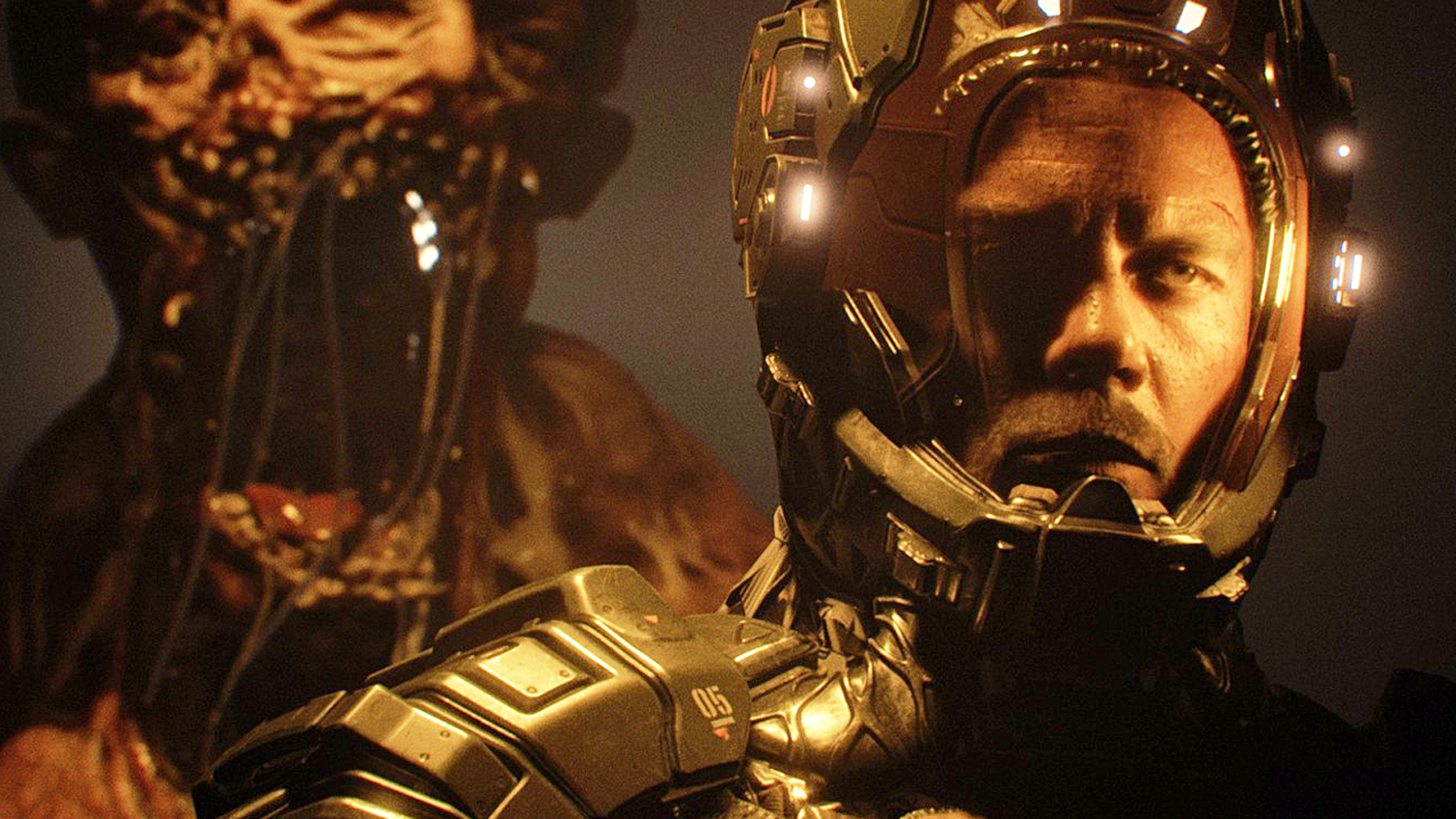

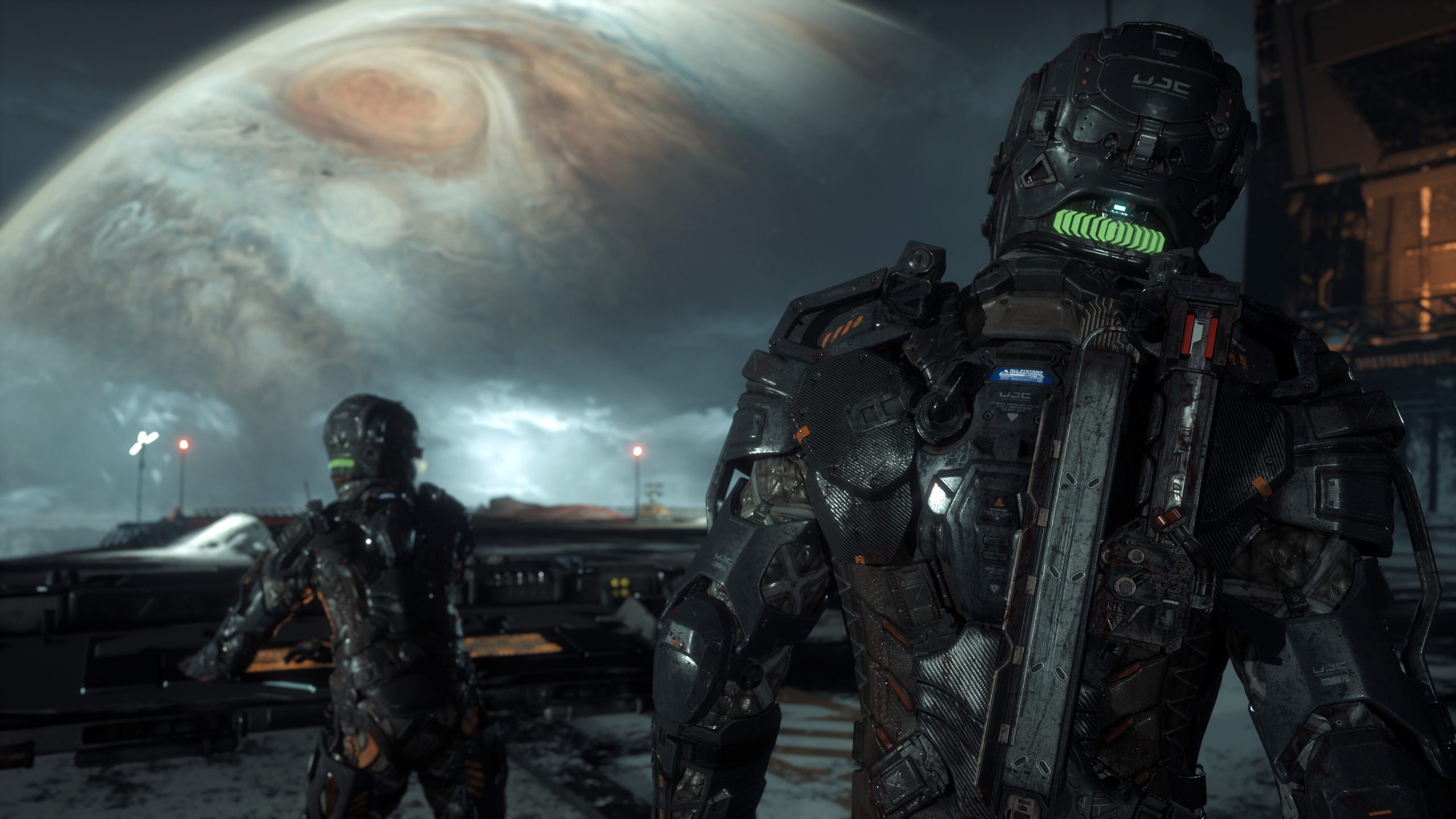
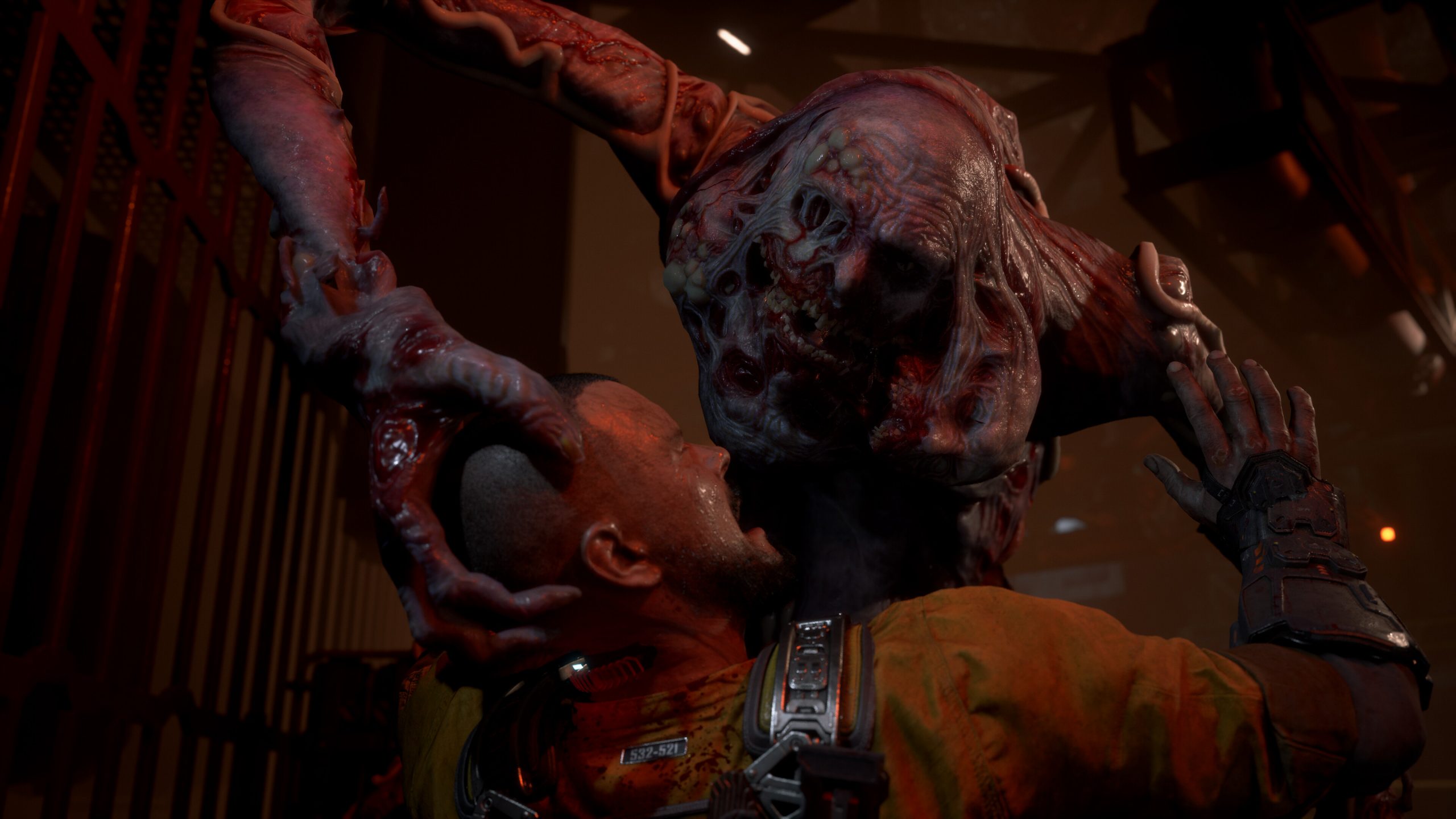
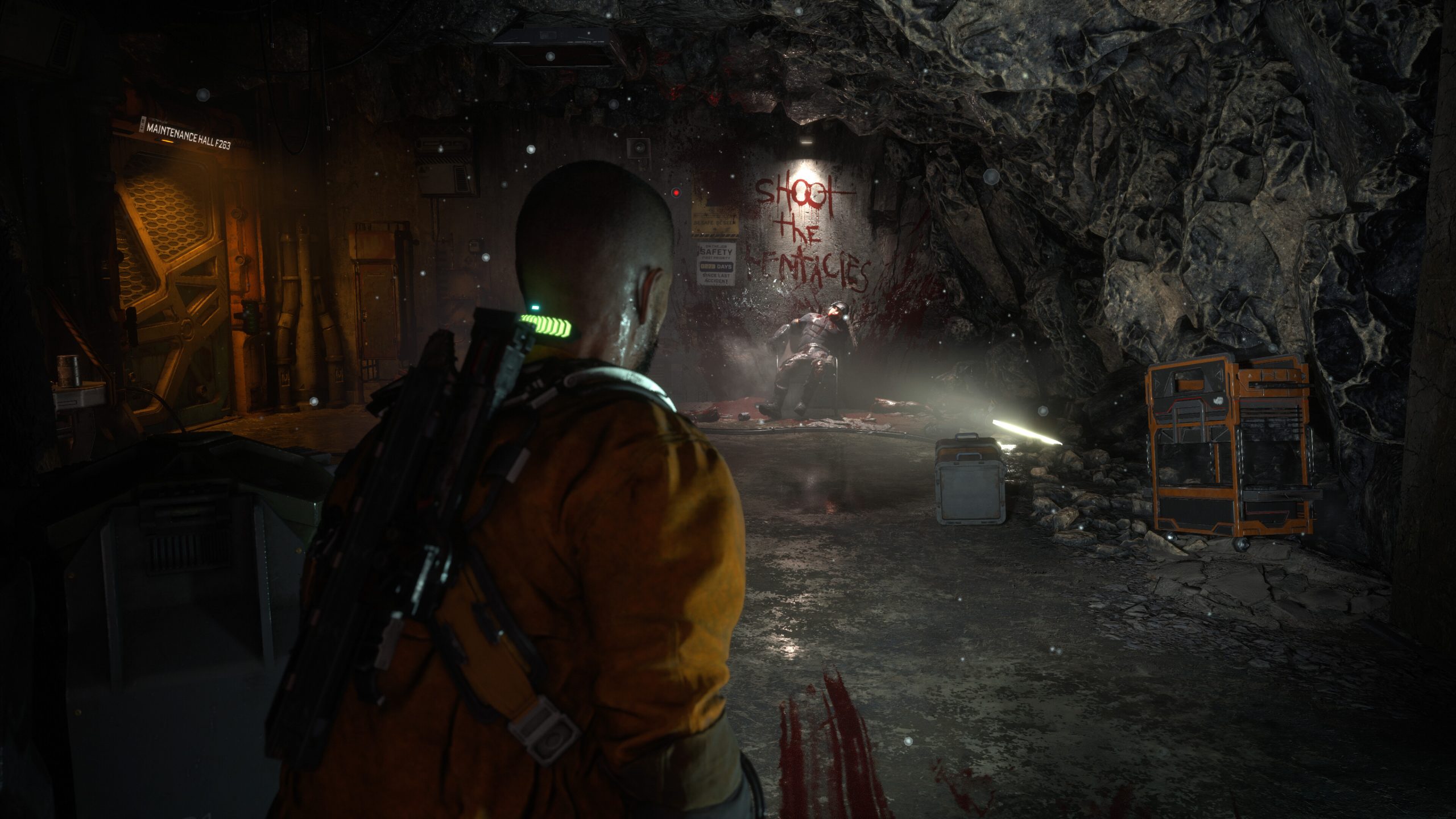
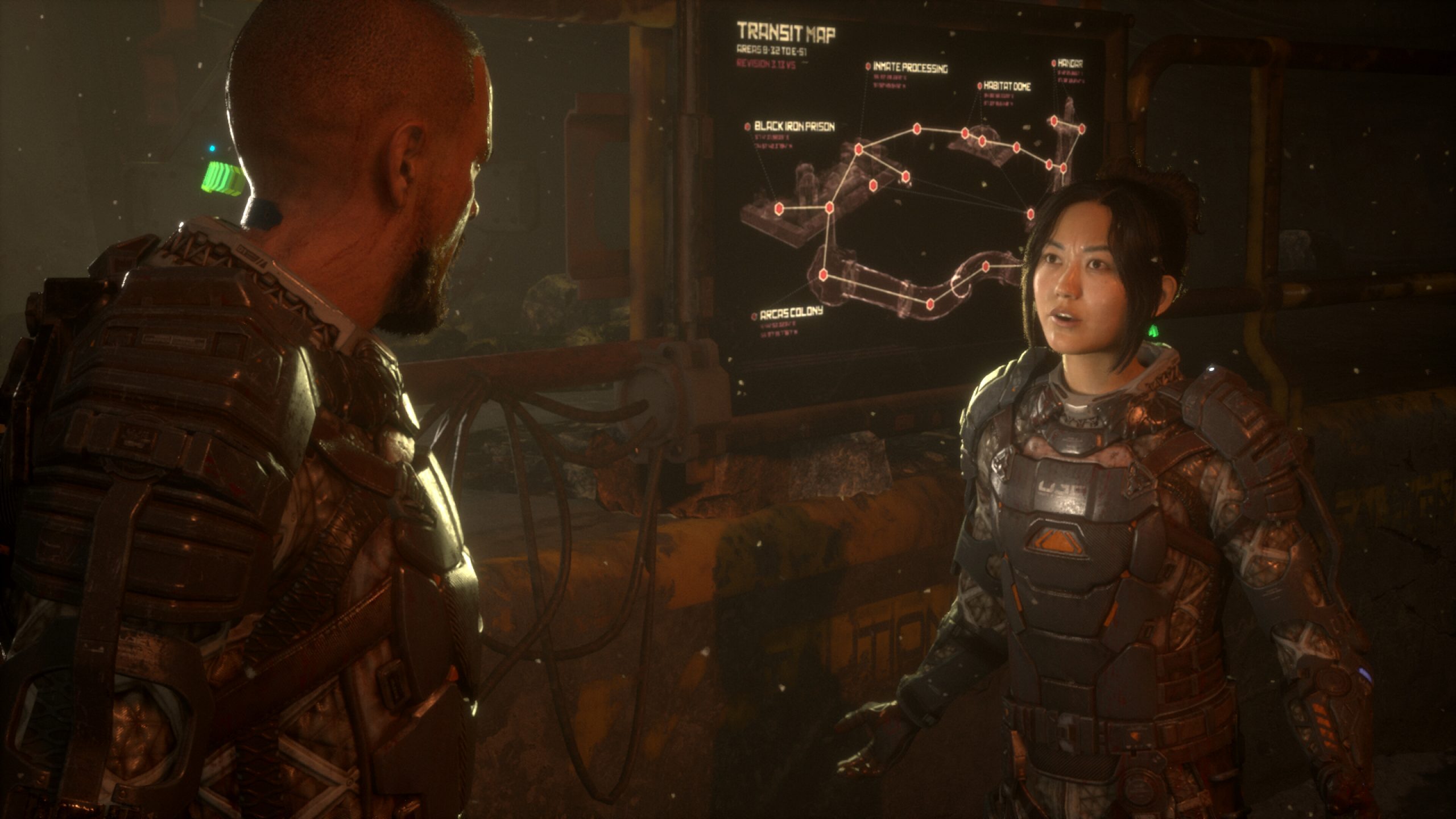

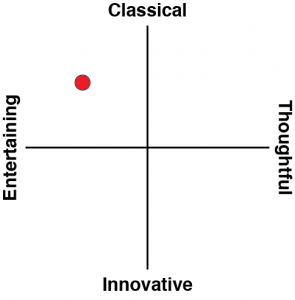

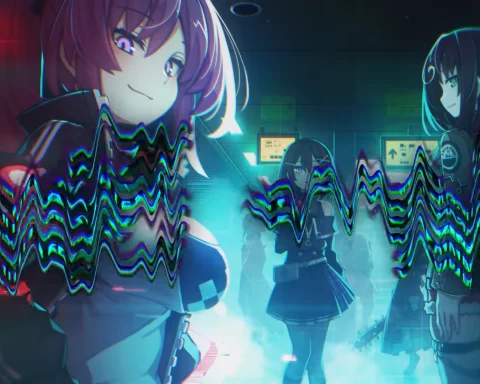
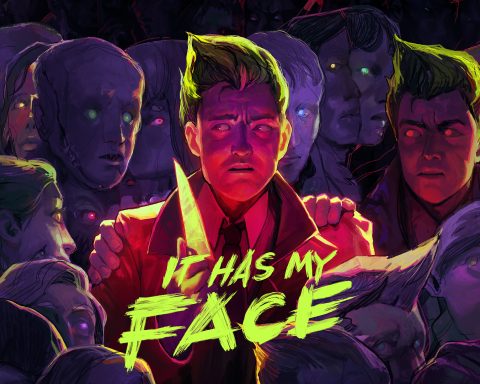

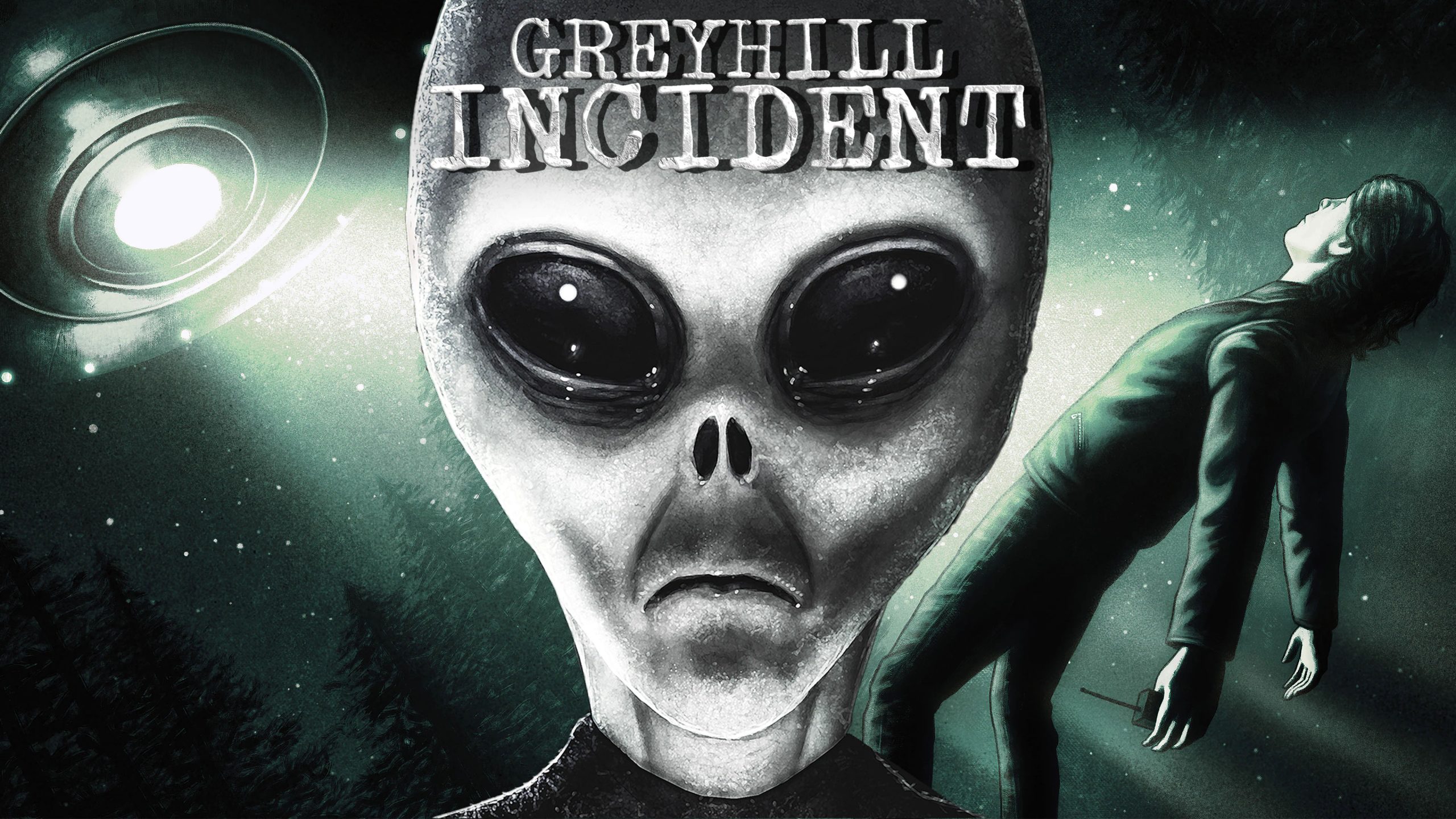



When you look at where society is now, there are ample hunting grounds for the people that work in horror. There’s been a series of catastrophic wars…” This paragraph was the scariest thing I’ve read in a long time….
Yeah, it has been a wild time alright 🙁